How to Read a Surf Report
Knowing how to read a surf report is a critical part finding surf able waves. Before the days of the internet, surfers would use weather reports and tide charts to forecast the surf. In most cases however, finding waves was done simply by strapping a surfboard on to your vehicle and driving to the beach. If there were waves, you surfed, if it was flat, you went home. Today, surfers can find helpful information about the surf conditions such as wave height, wind direction, swell direction and the tide all by checking an online surf report.
Surf Reports can give a surfer all the information needed about the current surf conditions in his or her area. Understanding the information of a surf report can paint a good picture of what the surf will look like.
Swell Height and Period
One of the main questions that a surf report answers is, “How big are the waves going to be today?” This is given to us in the form of the wave height and swell period. Swell period is the amount of time is takes a wave to pass a certain point. The longer the swell period, the faster and more powerful waves will be. For example the report may say 2ft at 15 seconds. Even though the wave is only 2ft, it has a 15 second period which means the wave is traveling from a longer distance (known as a ground swell) and will result in powerful waves. A 2ft wave at 5 seconds will most likely result in small and weak waves. Short period swells generally mean that the wave was created by a storm close by and has not traveled far enough to gain speed and power. Swells that have a wave height of 8ft and a swell period of 22 seconds are going to be huge!
Swell Direction
Knowing which direction the swell or waves are coming from will give you an idea of how the wave will be hitting your area. Kahaluu Bay, located here in Kona, Hawaii is a West facing reef break. It receives waves from just about any direction which makes it a great surfing spot all year round. Waves coming from the West direction know as a West swell will hit Kahaluu Bay directly resulting in good waves. Kahaluu Bay also picks up good surf when the swell direction in Northwest or Southwest. Direct North and South tend to pass by Kahaluu Bay unless there is sufficient wave height and swell period which will cause the swell to wrap in toward the shoreline. The direction from which a swell comes from will make the waves break differently on the approaching shoreline.
Wind Direction
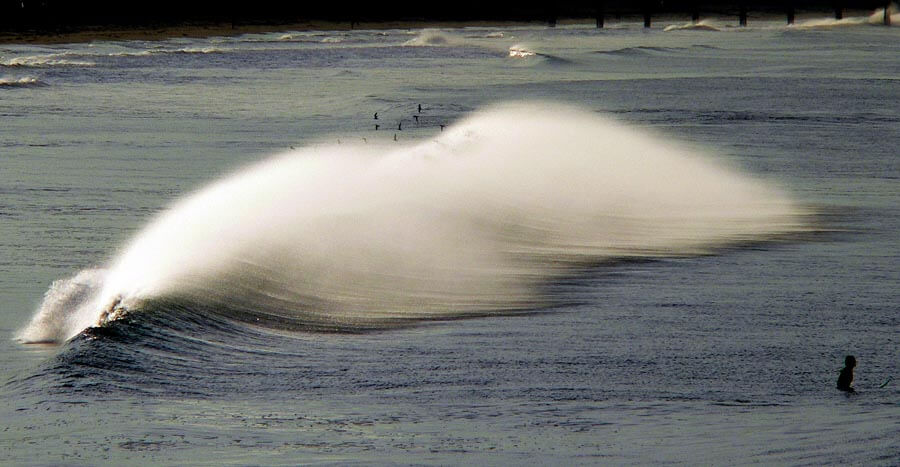
Offshore winds are ideal for surfing because the groom the waves surface and can result in a barreling wave.
Ideal conditions for surfing would include absolutely no wind. This is called glassy conditions, and a surfers dream scenario. However if you do have a little wind, it’s not the end of your surfing world.
There are two types of wind conditions in surfing; on shore wind and off shore wind.
On shore winds blow from the ocean towards the shore. These types of winds are terrible for surfers because it causes a choppy and bumpy surface which is harder to surf on. On shore winds break up the swells causing the wave height to be smaller and not as groomed. Some surfers who like to perform aerial maneuvers with their surfboards welcome a bit of onshore wind because it helps keep their surfboards close to their feet when in the air.
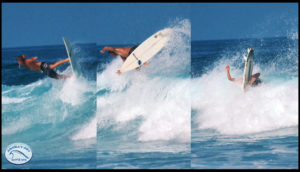
Onshore wind can help surfers keep their surfboards under their feet when performing aerial maneuvers.
Off shore winds are the best kind of wind to have when surfing next to no wind of course. Off shore winds blow from land into the water creating very smooth and well groomed waves that can typically take a barrel shape. Off shore winds can be a problem when blowing to hard though. Surfers taking off on a wave can get blown back by the wind or sprayed with a large mist of water from the cresting wave making it hard to see as you drop in.
Knowing the wind direction and speed for your surf spot will help you decide which the best time to go out for surf is. Generally, most surf spots will have calm and glassy seas in the early morning with the wind picking up in the afternoon hours and then calming down again in the evening.
Tide
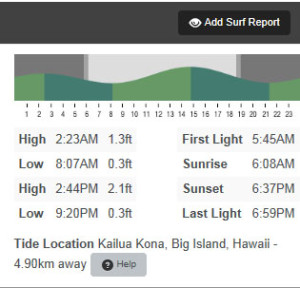
Learning how tides work at your local surf break will help you determine when the best waves will be breaking.
The tide can have a major role on the way a waves breaks at a particular surf spot. Some surf spots do better on a high tide while others do better on a low to medium tide. Knowing which tide is best for your surf spot takes a bit of time to figure out. If you are unsure, just ask a local surfer or surf shop about the best surfing conditions for a spot. If you know how a wave breaks, then you have a leg up. Most beach breaks will work best at a medium to high tide because sand bars maybe too shallow or exposed on a lower tide causing the wave to close out or break all at once. Reef breaks work best on a low to medium tide with the higher tides causing the waves to slow down or go flat. This is because a wave needs to have a shallow bottom to cause friction and make the wave stand up and break on itself. Be careful however, some reef breaks are very shallow and dangerous to surf at very low tides due to exposed sharp coral or rocks.
Tides are controlled by the moon and therefore very predictable. There are two high tides and two low tides every day. Because the way the moon and earth rotate together, the times of the high and low tides will always be 51 minutes later than the day before. Surf reports will give you the times and levels of both high and low tide each day. The tide range, which is the difference between high and low tides for a particular area will also change with the phase of the moon. On a full moon, tides will be extremely high and then go extremely low, while new moons will create moderate to little change in the tide range.
What are the waves at Kahaluu Bay in Kona, Hawaii doing today? Check out our daily surf report or just give us a call and let us help you find the best time to come rent a surfboard or take a surf lesson!
Here are a few surf reports that are very reliable. Surfline, Magicseaweed & Wetsand.




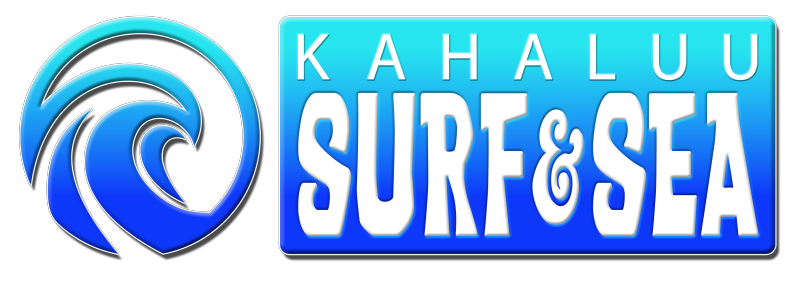



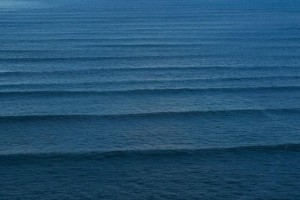
Thanks for info. Anything helps. Delray Beach.
Very informative, gracias ! I live on Isabela island Galapagos Ecuador. Life is better when you surf, si ?
Very clear and helpful. I now understand the reason why Certain tide levels are better at beach breaks and reef breaks.
Thanks!